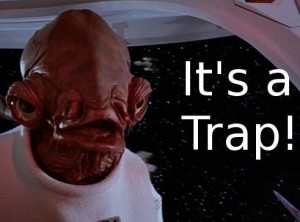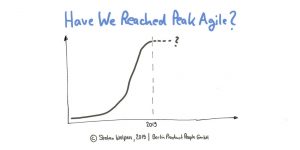Digital marketing is awash in an endless supply of tools and technologies to make efforts more efficient, more effective and easier to measure.
With solutions available to bring more visitors to websites, better leads and more profits, choosing the right combination of digital marketing tools can make all the difference. Don’t fall victim to shiny object syndrome.
A new tool that’s making a splash in all the tech blogs may not be the best fit for your business goals. It’s all a matter of setting your priorities.
Choose the Right Tools
Every tool and piece of technology that goes into a company’s digital marketing efforts should be working toward a specific goal. Start by making lists of all digital marketing goals, both long- and short-term.
Next, look at each tool you are already using and determine functionality. Does it meet the needs of your goals? Is there any crossover, where more than one tool is performing the same function? If so, are all of those tools needed?
Last, figure out where the gaps are. What goals are not being met and what sort of tools may help meet them?
Common Components of a Digital Marketing Stack
Since every company has different needs and different goals, there is no single right set of tools to use. Customization can make all the difference in creating the stack that is right for a specific company.
There are popular categories of digital marketing apps, and this list is a good starting point to create the ideal combination of digital marketing technologies.
- Content Marketing Technology: Your goal is to get a specific message to a specific audience. It’s one of the building blocks of digital marketing strategy. Content marketing does all of that and so much more. There are content marketing tools available for building audience personas, creating and managing content calendars, measuring results and many other tasks. Create content marketing goals and make it easier to pick the right content marketing tools.
- Data and Analysis: Having goals is important, but the ability to analyze data and measure those goals is even more important. Data can point out new opportunities, and show what is and is not working in a digital strategy. Predictive analytics can be particularly helpful in discovering future trends and buyer behaviors.
- Lead Nurturing Technology: The ability to track leads, learn about them and get real-time results to make up-to-the-minute decisions is a huge advantage. It can make digital marketing more successful and help bring more money to the company.
- CRM: Customer relationship management (CRM) systems are just what they sound like. They manage all of the data about current and prospective customers. Keep all of this information in one place to make it much easier to handle.
- Marketing Automation Tools: Get help with potentially complex and time-consuming areas like email and social media, as well as internal processes like collaboration, budgeting and workflow. There are many marketing automation options out there, each capable of fulfilling different objectives.
Get to work on those goals and start discovering the perfect digital marketing stack. After all, a digital marketing strategy is only as strong as the people behind it, and the tools supporting it.
(320)








